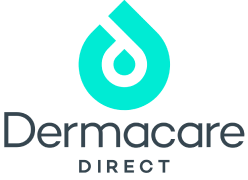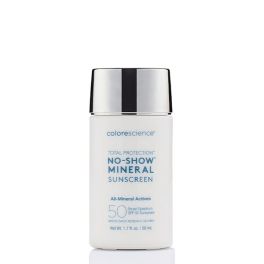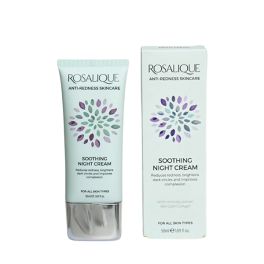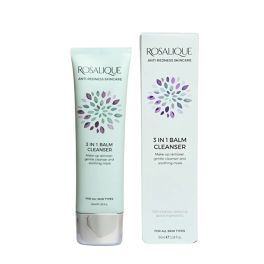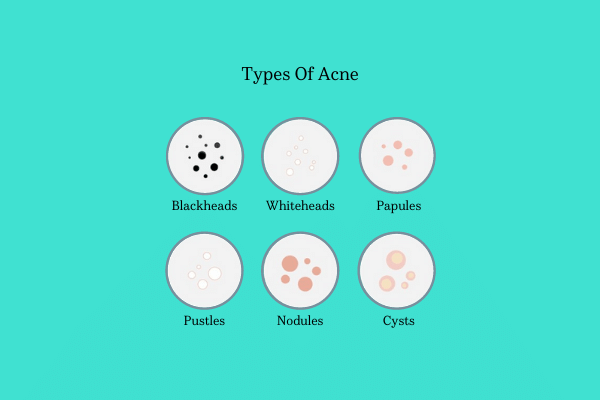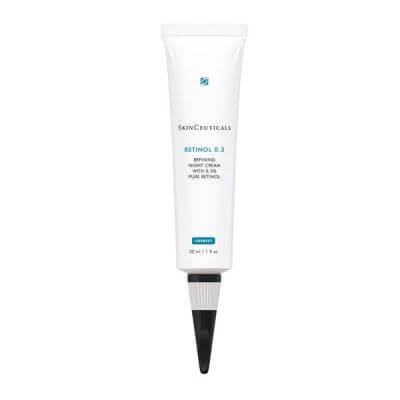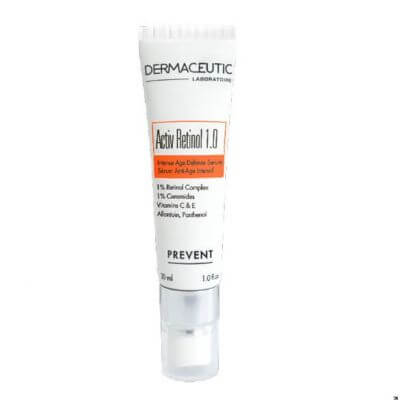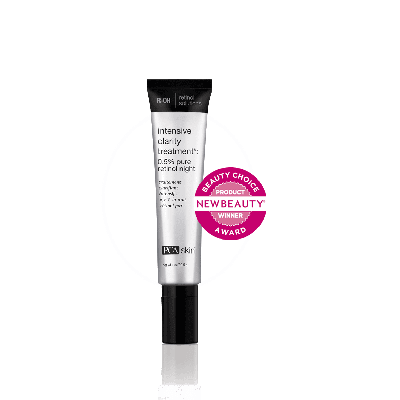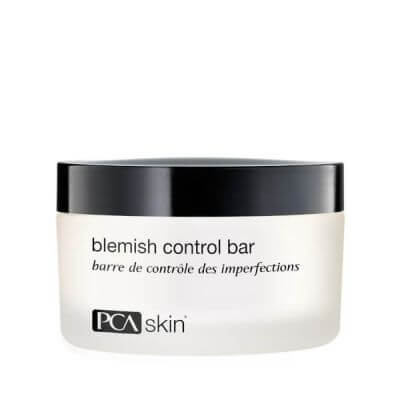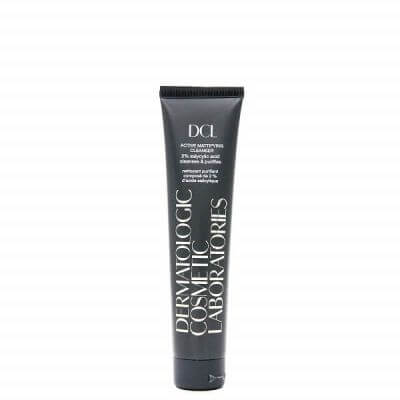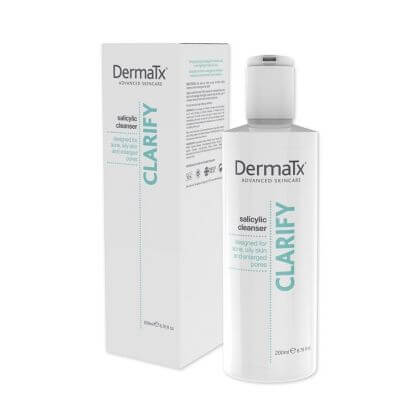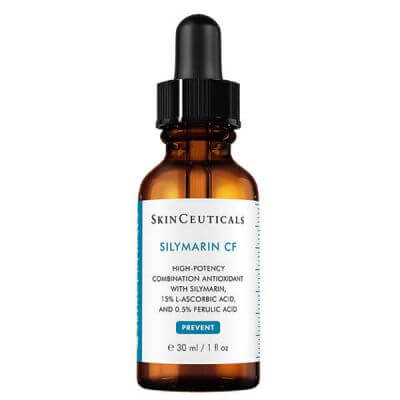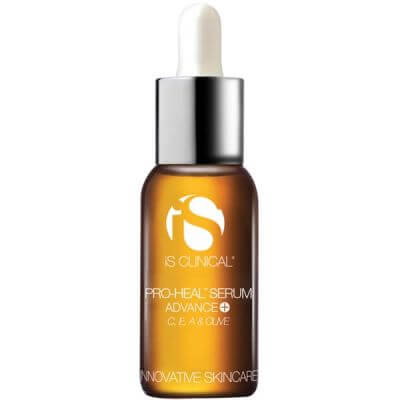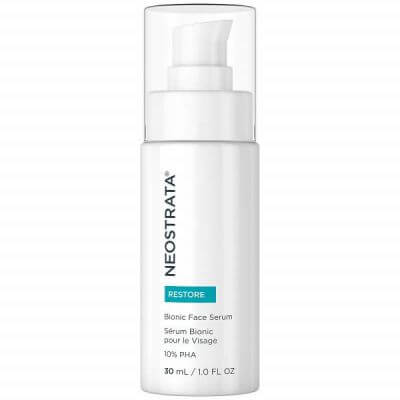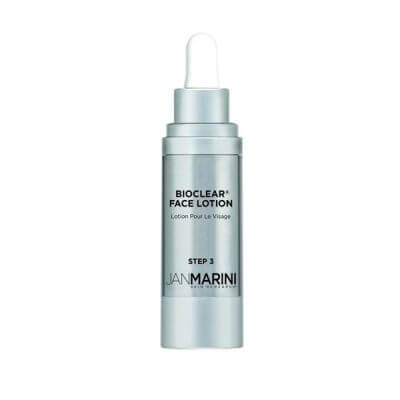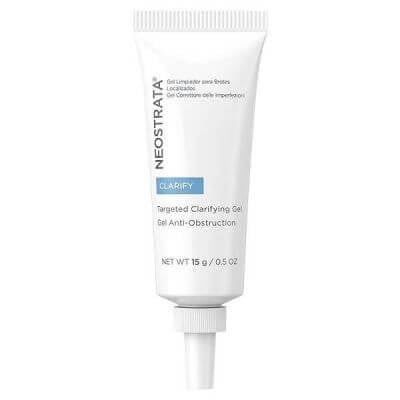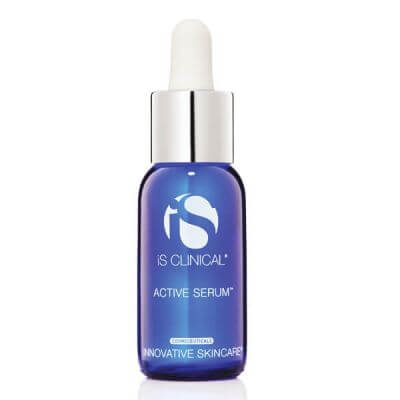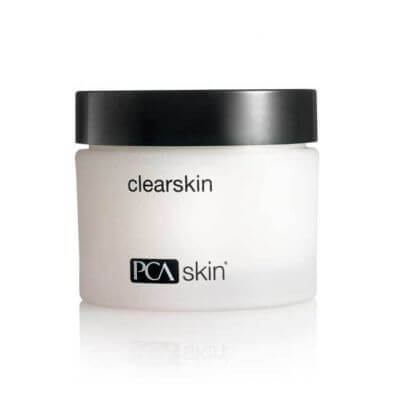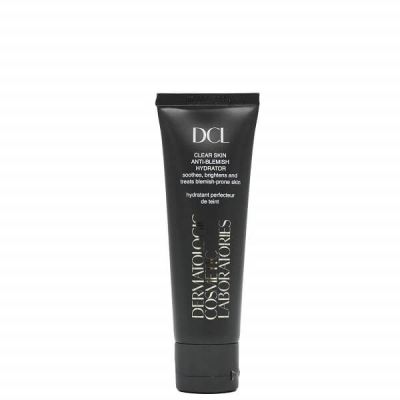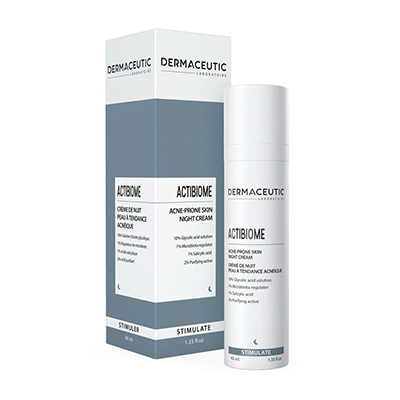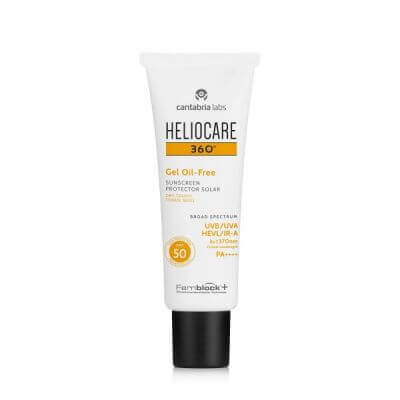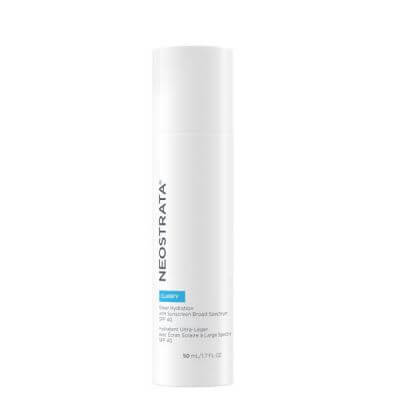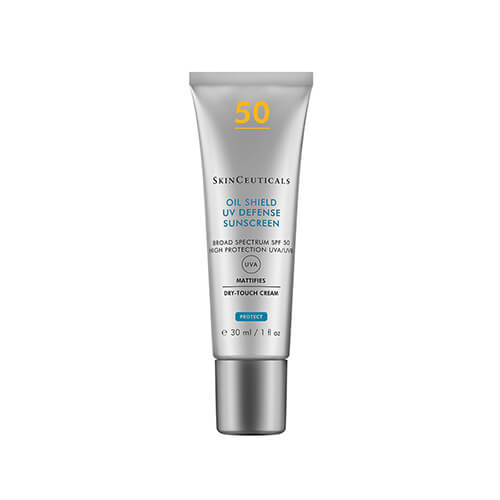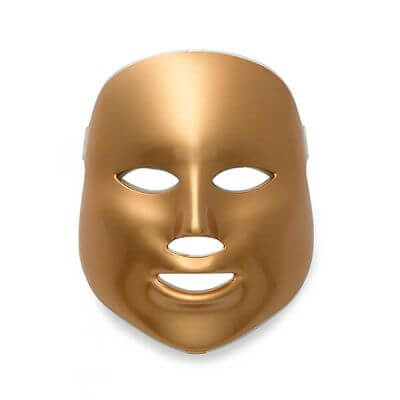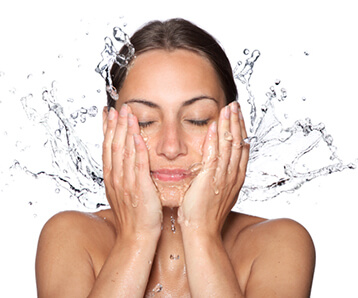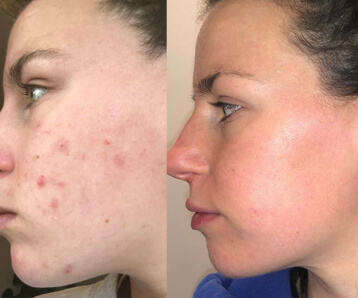ACNE 101 - Different Types of Acne & How to Treat Them Posted on 14 Jun 2022
TYPES OF ACNE
TREATMENTS
Skincare
Retinol is another effective acne-fighting ingredient.
Popular Retinol Treatment products
SkinCeuticals Retinol 0.3 Refining Night Treatment
Dermaceutic Activ Retinol 1.0 - Intense Age Defense Serum
PCA Skin Intensive Clarity Treatment®: 0.5% Pure Retinol Night
Click here for more of our Retinol Treatment products
Popular Acne Cleansers
Dermatologic Cosmetic Laboratories (DCL) Active Mattifying Cleanser
DermaTx Clarify Salicylic Cleanser
Popular Antioxidants for blemish-prone skin
Popular Acne Treatment products
Popular Acne moisturisers
Dermatologic Cosmetic Laboratories (DCL) Clear Skin Anti Blemish Hydrator
Click here to view all our moisturisers ideal for blemish-prone skin
Popular sunscreens for acne-prone skin
LED Light Therapy
Blue light therapy is the type of light therapy most commonly used to address acne breakouts.
The wavelength of blue light has an antimicrobial effect, making it effective at killing several types of bacteria that can collect in your pores and oil glands and cause breakouts. The treatment also has anti-inflammatory benefits, which decrease other symptoms of acne, such as redness.
MZ SKIN Light Therapy Golden Facial Treatment Device (LED)
Blue light (430nm)
Powerful anti-bacterial properties help to decongest and clarify the skin, balancing a troubled complexion caused by the bacteria p.acnes
TIPS
- Inconsistent Use
Acne treatments are only effective if used once or twice a day, every day not a few times a week.
Remember, you can't cure acne - just control it.
- Everyone needs to use a moisturiser even if you have oily skin.
All cleansers even water, take out some level of moisture, and especially acne products can be very drying too. Using a moisturiser will replace this, protect your skin from increased irritation and infection and protect your skin barrier.
Go with a moisturiser that won't add oil or a greasy feel or go for a serum or lotion instead of a cream moisturiser.
- SPF is a must
Even if the weather is cloudy, the UV rays get through. This can result in changes in your skin colour and texture, wrinkles and fine lines appearing earlier, and an increased possibility of developing skin cancer. A sunburn can dry out pimples temporarily, but it can end up making you break out even more because your skin reacts to the drying effect of the sun by producing even more oil.
Apply a broad-spectrum sunscreen/daytime moisturiser every morning of at least at SPF30. choose one that says non-comedogenic on the bottle to ensure it doesn't block pores.
